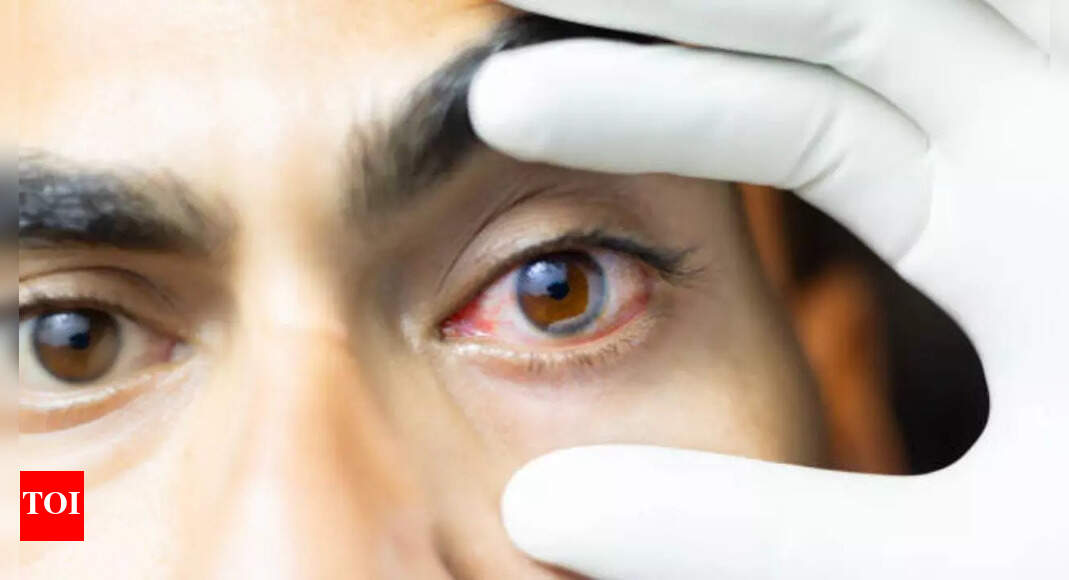Summary
Former President Joe Bidens treatment for an aggressive form of prostate cancer has entered a new phase.
Source: Fox 7 Austin

AI News Q&A (Free Content)
Q1: What are the common outcomes and success rates of radiation therapy in treating prostate cancer?
A1: Radiation therapy is a common treatment for prostate cancer, and its outcomes depend on various factors such as the stage of cancer and the patient's overall health. Recent studies indicate that radiation therapy can be quite effective, particularly in early-stage prostate cancer, with success rates varying from 70% to 90% in terms of disease-free survival over five to ten years. It has been reported that combining radiation therapy with other treatments like hormone therapy can improve outcomes for high-risk patients.
Q2: How does the York-Mason procedure benefit patients with recto-urethral fistulas after prostate cancer surgery?
A2: The York-Mason procedure is a surgical technique used to treat recto-urethral fistulas, which can occur after prostate cancer surgery. This procedure has shown a 100% success rate in patients who underwent robot-assisted radical prostatectomy without radiotherapy. It involves a posterior transsphincteric approach, allowing direct access and precise closure of the fistula through healthy tissue, which minimizes complications and improves healing outcomes.
Q3: What are the potential side effects of radiation therapy for prostate cancer?
A3: Radiation therapy for prostate cancer can lead to side effects such as fatigue, urinary problems, and bowel issues. Long-term side effects might include erectile dysfunction and a slight increase in the risk of developing secondary cancers. However, advances in radiation techniques have reduced these risks significantly, and careful planning and precise delivery of radiation help in minimizing side effects.
Q4: What recent advancements have been made in the treatment of prostate cancer?
A4: Recent advancements in prostate cancer treatment include the development of more precise radiation therapy techniques, such as intensity-modulated radiation therapy (IMRT) and proton therapy, which target tumors more accurately and spare healthy tissue. Additionally, advancements in imaging and genetic testing have improved the ability to diagnose and tailor treatments to individual patients. Immunotherapy and newer hormone therapies are also being explored to enhance treatment outcomes.
Q5: How does prostate cancer radiation therapy impact the quality of life in patients?
A5: Radiation therapy can impact the quality of life by causing side effects that affect daily activities. However, many patients report that these effects diminish over time. Quality of life assessments show that while there may be temporary declines in urinary and sexual functions, many patients regain their baseline functions within a year post-treatment. Supportive care and interventions can help manage side effects and improve overall quality of life during and after treatment.
Q6: What are the considerations for choosing radiation therapy over surgery for prostate cancer treatment?
A6: The decision between radiation therapy and surgery for prostate cancer depends on factors such as the stage of cancer, patient's age, overall health, and personal preferences. Radiation therapy might be preferred for patients who are not surgical candidates due to other health conditions. It also offers the advantage of being less invasive with a quicker recovery time. However, surgery might be recommended for younger patients or those with localized cancer, as it provides immediate removal of the tumor.
Q7: What role do regulatory organizations play in guiding prostate cancer treatments?
A7: Regulatory organizations like the FDA and NCCN provide guidelines and approvals for prostate cancer treatments to ensure they are safe and effective. These organizations evaluate clinical trial data to approve new therapies and update treatment protocols. They also provide guidelines for healthcare providers to ensure consistent and evidence-based care, which helps in improving patient outcomes and safety during treatment.






